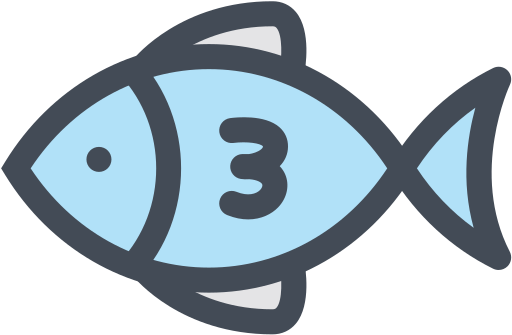Finding Nemo comes true!9/19/2014 By MARK PRIGG FOR MAILONLINE Researchers find young clownfish travel up to 400km when they are just a week old Disney’s hit film Finding Nemo was closer to the truth that filmmakers thought, it has been revealed. Researchers found that clownfish, such as Nemo, really do migrate huge distances, some up to 400km. However, unlike the film, they found in reality the fish only make the incredible journeys in their larval stage. The study, led by Dr Steve Simpson, Senior Lecturer in Marine Biology and Global Change in Biosciences at the University of Exeter, found that six percent of the fish sampled had migrated over 400 km from one population to the other. ‘This is an epic journey for these tiny week-old fish,’ he said. ‘When they arrive at the reef, they are less than a centimetre long, and only a few days old, so to travel hundreds of kilometres they must be riding ocean currents to assist their migration,’ said Dr Simpson. Dr Simpson led a team of undergraduate and postgraduate students from the University of Edinburgh to collect the clownfish samples from throughout southern Oman. ‘The southern coast of Oman is relatively isolated from the rest of the Arabian Peninsula so you find a lot of species there that you wouldn’t find anywhere else in the world,’ said Dr Simpson. ‘There are only two coral reef systems along this coast, and they are separated by 400 km of surf beaches. ‘In order to persist as a single species, we know Omani clownfish fish must occasionally migrate between these two populations.’ The team used DNA fingerprinting to identify local, long-distant migrant, and hybrid individuals from populations throughout the entire Omani clownfish (Amphiprion omanensis) species range. Around 400 fish were harmlessly caught during 92 dives, and a small fin clip taken for DNA analysis before releasing fish back to their colonies. ‘Just like accents that allow us to tell an Englishman from an American, fish populations develop their own genetic signatures,’ said co-author Hugo Harrison from the ARC COE CRS. ‘By looking at the signature of each fish we can tell whether it originated there or not. It’s like finding an Englishman in New York, they stand out.’ The DNA evidence identified that the majority of migrant fish had travelled from north to south and so, to test whether this was due to prevailing currents, the team developed an oceanographic model for the region. ‘We found that the pattern of migration corresponded to the dominant ocean currents in the region that are driven by the winter monsoon,’ said co-author Michel Claereboudt from Sultan Qaboos University. As well as migrants, second generation hybrids were also identified in both populations, showing that after dispersal migrants had joined and reproduced with local populations. ‘This study is the furthest anyone has tracked the dispersal of coral reef fish, and it demonstrates that distant populations in the marine environment can be well connected,’ said Simpson. ‘Our ability to predict how far fish larvae disperse helps us to manage coral reef ecosystems. ‘Understanding connectivity means we can protect populations that are most sensitive, harvest from populations that have a regular and consistent turn-over, and design coherent networks of marine protected areas’. Source: http://www.dailymail.co.uk/sciencetech/article-2760148/Finding-Nemo-comes-true-Researchers-young-clownfish-travel-upto-400km-just-week.html |
